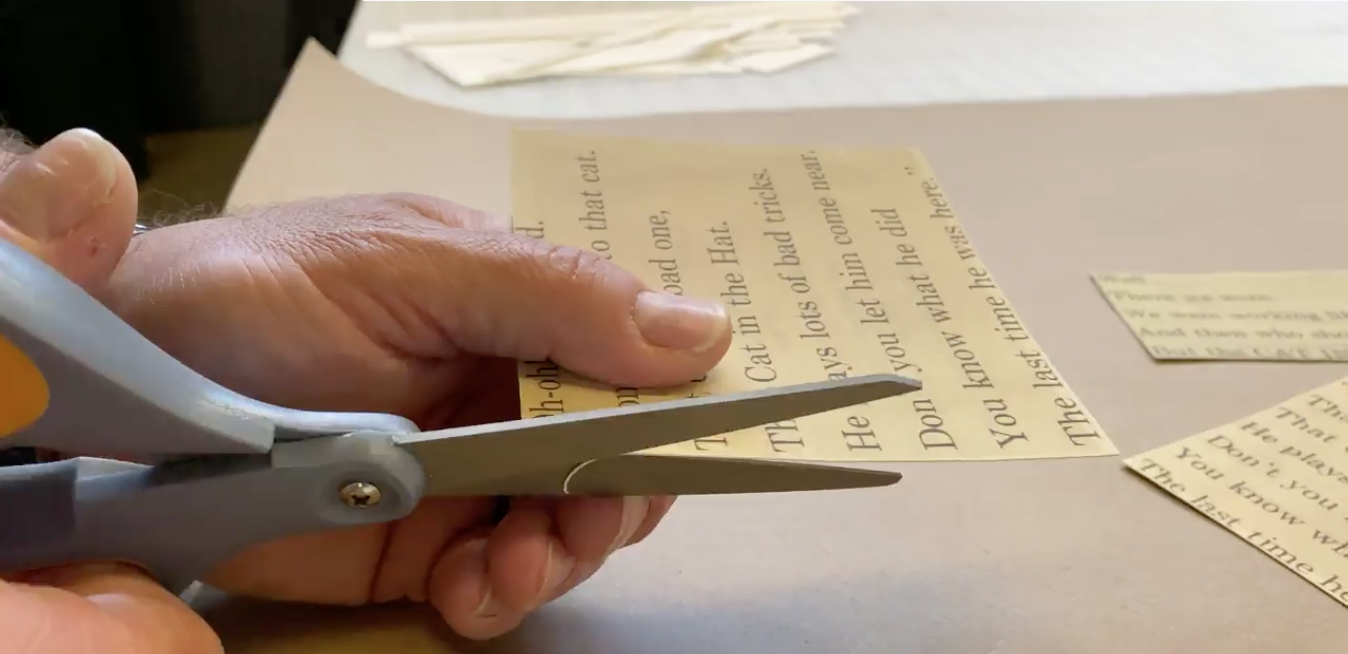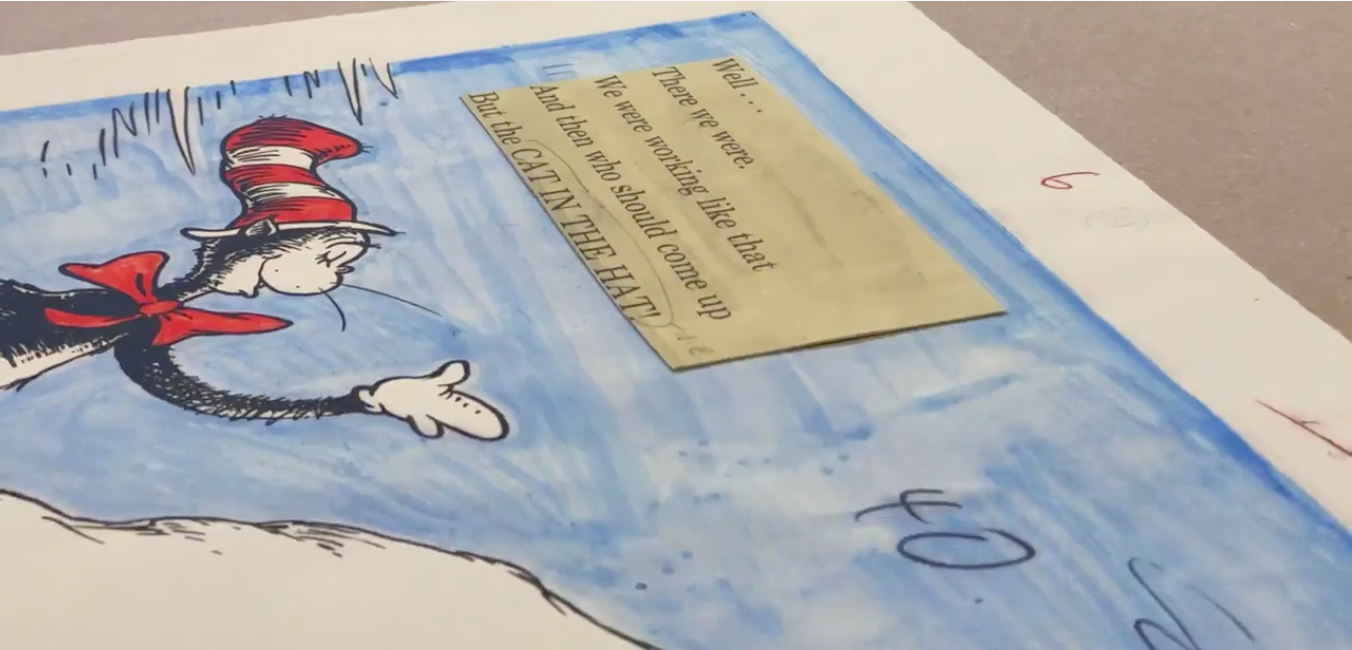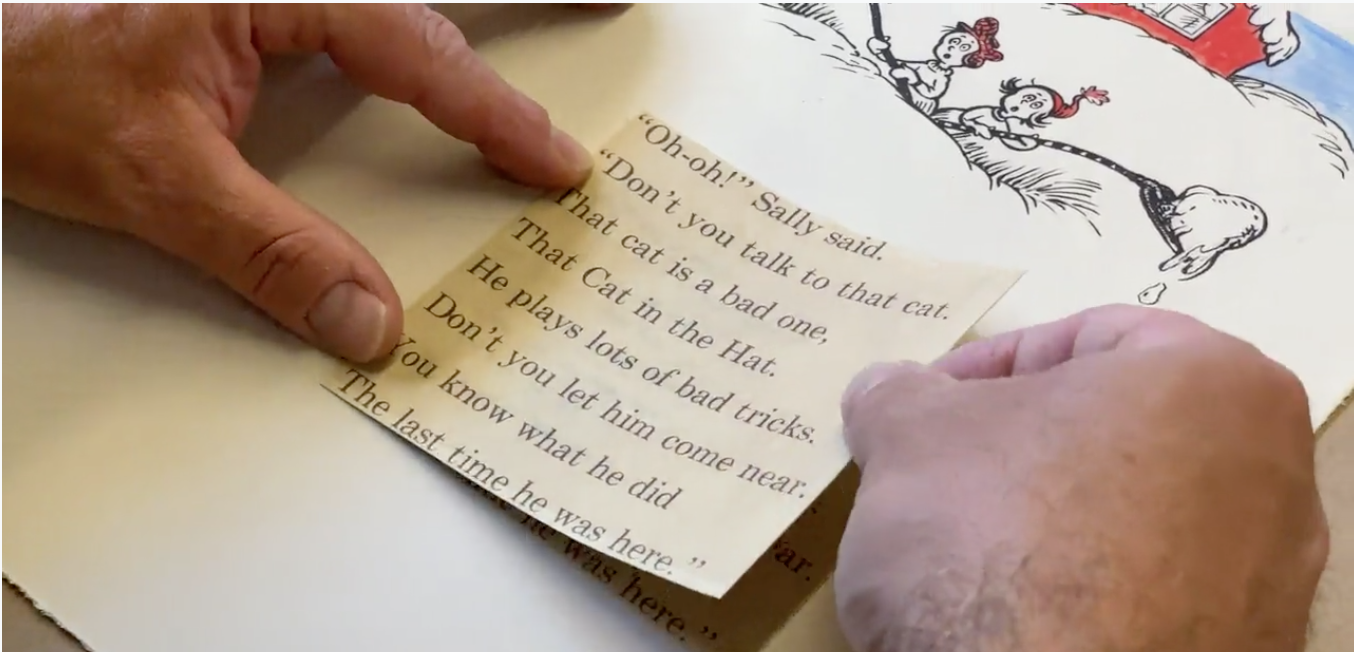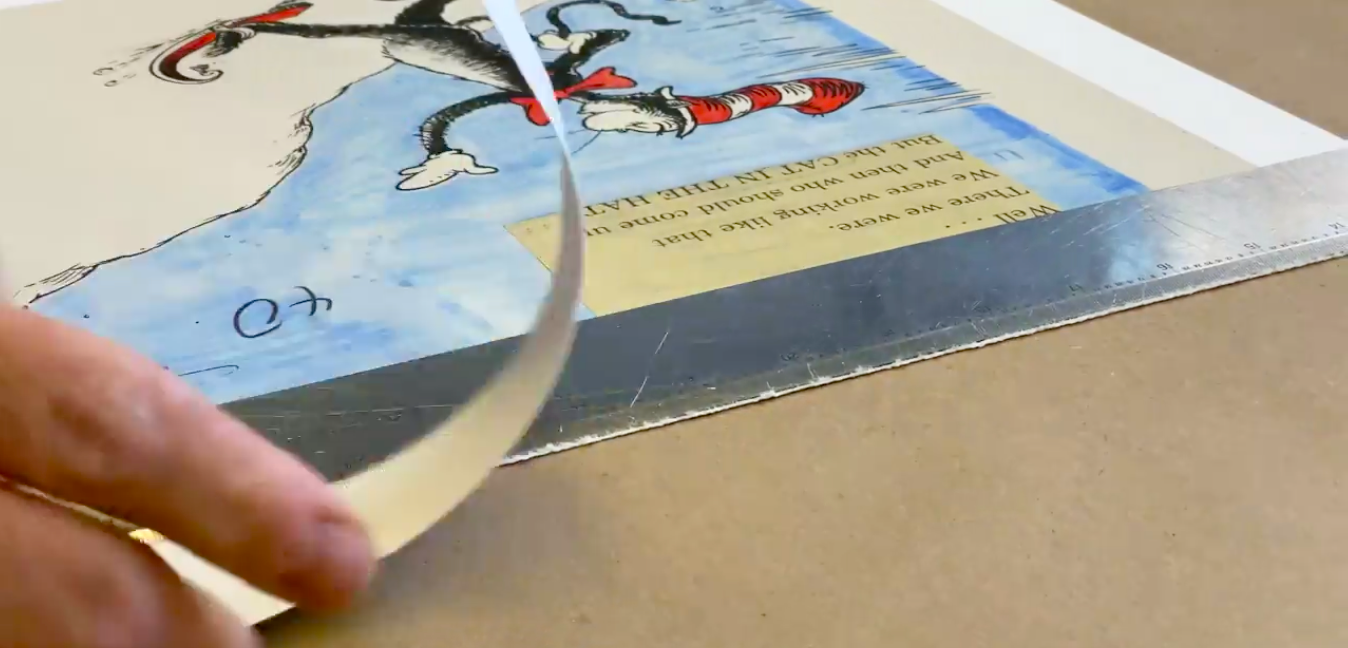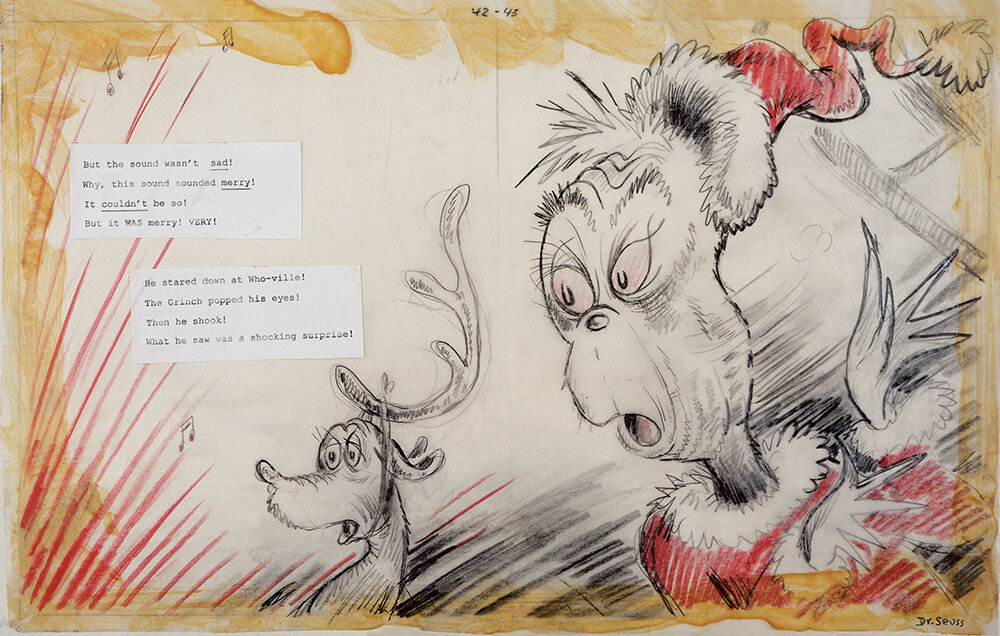NEW work FROM
THE CAT IN THE HAT COMES BACK!
And then who should come up but the CAT IN THE HAT!
Pigment Print with Collage on acid-free paper
Dimensions: 13.75 inches x 20.5 inches
Limited Edition of 1500 Arabic Numbers, 99 Patrons’ Collection prints, 155 Collaborators’ Proofs, 5 Hors d'Commerce, 2 Printer's Proofs
And then who should come up
but the CAT IN THE HAT!
The Cat in the Hat first stormed onto the literary and pop culture scene in 1957, shattering the Dick-and-Jane culture of children’s books forever. So what made “The Cat” such an enduring symbol?
The answer seems to lie in Ted Geisel’s (aka Dr. Seuss) simple premise: Rather than create children’s books based upon following the rules, Ted flipped the premise with The Cat to create books that encourage questioning the rules.
With just 220 beginner words, Ted gave a voice to our own internal desire to challenge the status quo, to push against external boundaries, and then decide what is right for ourselves. The Cat and his defiant acts are an enticing and irresistible hook for children and adults alike to find their own internal voice.
Ted seemed to understand that the act of finding-your-voice is where innovation and inspiration are born. His Cat suggests this cannot be uncovered simply by following the status quo, but instead lies in the anticipation of what might be if we stop and question the world around us.
That anticipation is on full view in this pivotal image from Ted’s sequel, The Cat in the Hat Comes Back. Just as the rules are about to be broken (again) and the mayhem re-ignited, he reminds us to listen to our own voice and follow it as we prepare for our next journey with the Cat!
“Rather than create children’s books based upon FOLLOWING the rules,
Dr. Seuss flipped that premise with The Cat
and created books that encouraged us all to QUESTION the rules.”
“Dr. Seuss combines pen and ink with colored pencil, crayon, and a watercolor wash
to create the background of this dynamic drawing.
The resulting image takes on a unique, painterly quality
rarely found in the development phase of his other children’s books.”
CONCEPT DRAWINGS
Ted Geisel (aka Dr. Seuss) drew each page for every Dr. Seuss book he wrote. What many people don’t realize is that for each final-line drawing, he would create multiple concept drawings leading up to the final published image. The images would be tirelessly refined, along with the text for each page, with subtle adjustments made to characters and nuanced shifts to the writing.
In the work done for The Cat in the Hat Comes Back, Ted did something rarely found in his early-stage concept drawings. Here he combines pen and ink with colored pencil, crayon, and a watercolor wash to create the background. The resulting image takes on a unique, painterly quality rarely found in the development phase of his other children’s books.
“This work highlights all the texture of Dr. Seuss’s original collage drawing,
while also revealing how he would simultaneously develop the text
and imagery for each page of his books.
”
The Collage Works
After Ted had completed the first draft of a manuscript, he would type the story’s passages on separate sheets of paper, cut them out, and paste them onto the appropriate drawing. He would continue this process as the drawings developed, rewriting the lines of text and repasting them onto the pages as the imagery unfolded. This analog editing process would take nearly a year for each book he wrote.
The Collage Works included in The Art of Dr. Seuss Collection painstakingly re-create the concept drawings themselves, along with the text blocks, which have been pasted upon the images, just as Ted had done in his studio many years earlier. The resulting works bring together the two disparate, but inseparable, sides of Ted’s artistic practice — writing and drawing.






